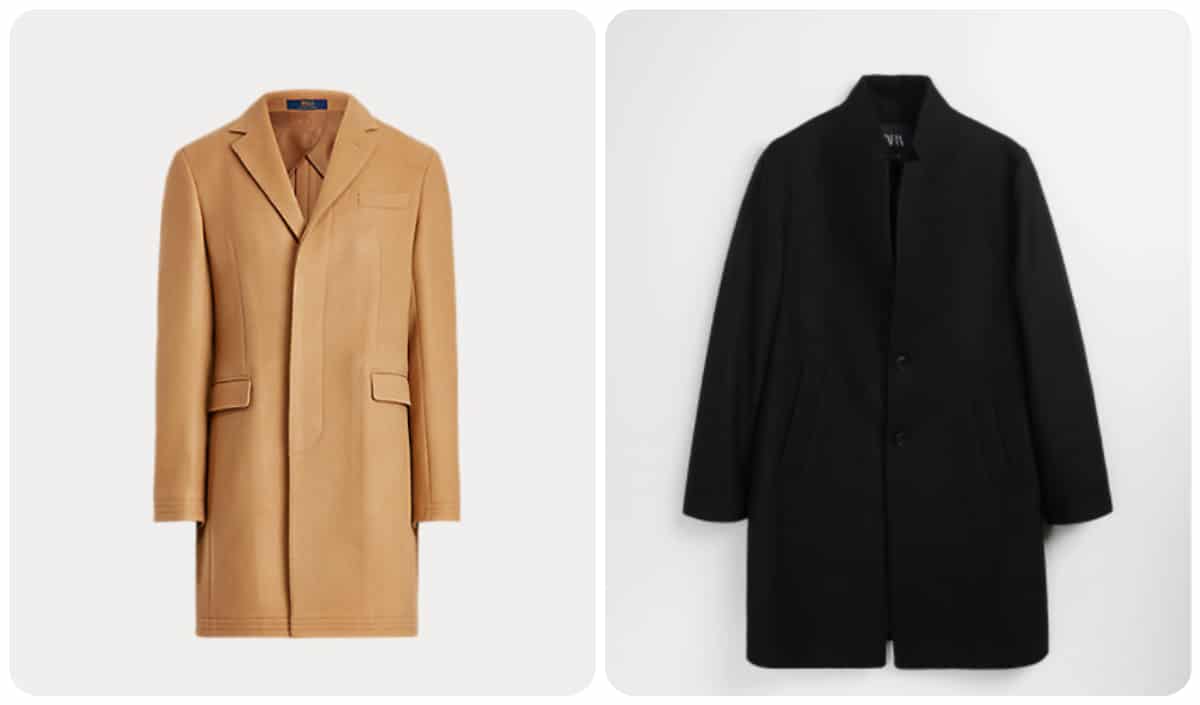
In the market we can find a large number of types of coats for men. The first thing we must take into account is the definition of shelter. A shelter is a garment whose length exceeds the waist. In contrast, a jacket, and I'm not talking about suits, ends at the waist.
Once we are clear that it is a coat and that we cannot consider it a coat, in this article we are going to show you the best types of coats for men. Each type of coat has its moment and a different dress code, so if you want to expand your wardrobe, you should take it into account.
In this article we are not going to focus on current trends. We focus on coats that have survived over time, which will allow us to continue using them in the future without any problem.
If, in addition, we are careful, the coats that I am talking about in this article can become a part of our heritage.
Reefer
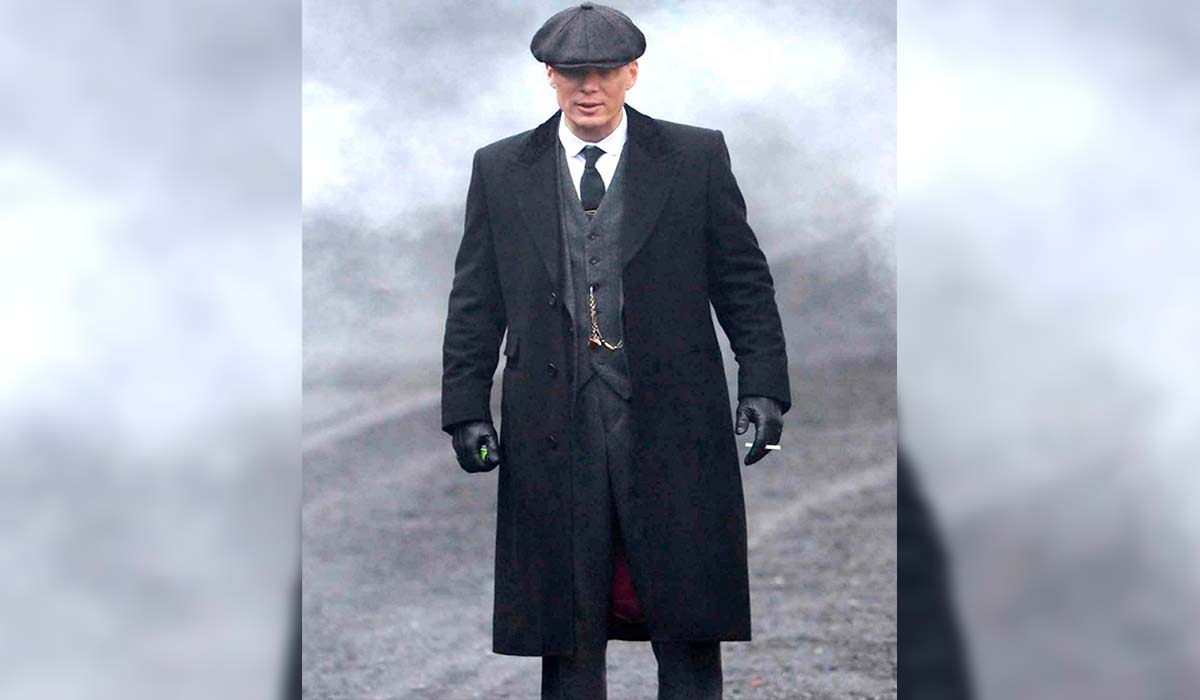
A coat is meant to be worn over a standard suit, by offering a wider cut. The jacket is one of the types of coats for men, which is made with high quality wool fabrics designed to withstand inclement weather.
Its design includes a single breasted closure, notched collar, flap pockets and a welt chest pocket. It includes virtually no frills and goes well with most outfits.
Being designed for formal events, the cdark or neutral scents are ideal if you want to have the opportunity to use it regularly. It is not recommended for informal events.
Features of the jacket
- notch lapel
- Welt chest pocket
- Single or double breasted
- button closure
- Straight or diagonal flap pockets
- Ventilation at the lower back.
- Mid-thigh or knee length
Trench Coat
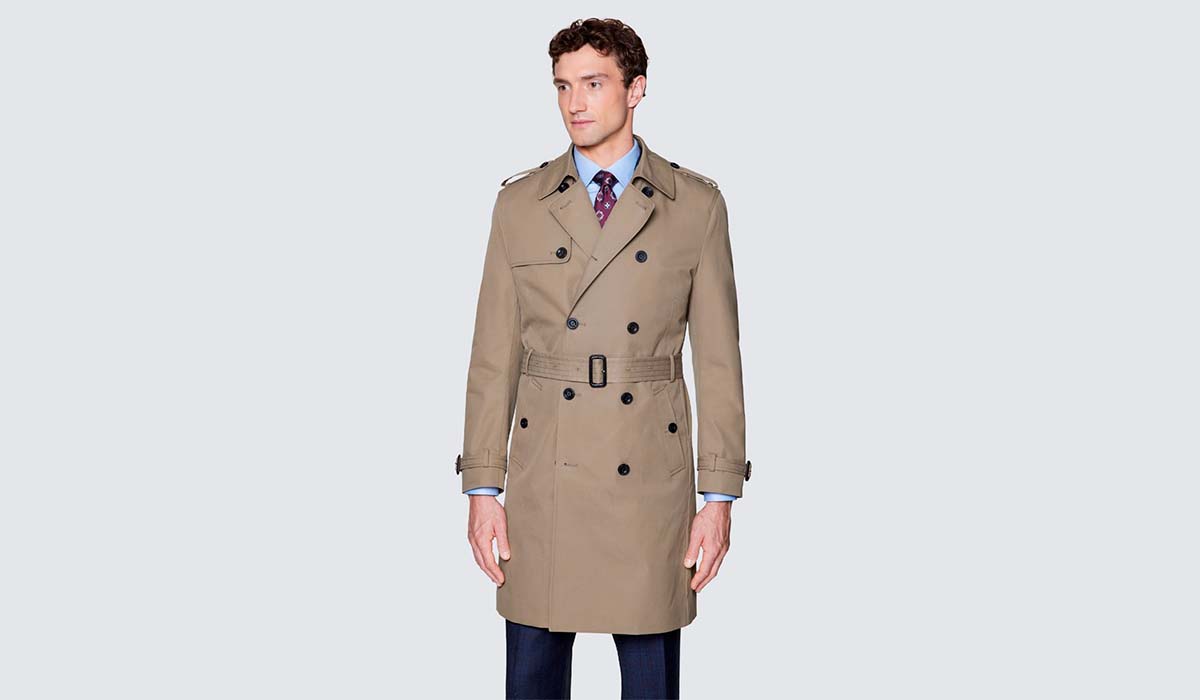
Trench Coats, known as trench coats, They have an origin in the First World War, specifically the trenches where they were used by the soldiers to protect themselves from the cold and the rain.
Thomas Burberry popularized this garment among the British military that included a water repellent material, hence the name trench coat. It can be worn with everyday clothes, it is robust and protects from the elements.
The Trench Coat is a coat that is usually reach the ankles, it is double-breasted (although there are also single-breasted models), wide lapels and a belt, both at the waist and at the cuffs.
It incorporates a wide opening that extends through the back of the coat to allow movement. As we can see, it was perfectly designed to be a very versatile and comfortable garment in the trenches.
Characteristics of the Trench Coat
- junk yards
- Napoleon collar and wide lapel
- crossed with buttons
- Belt with buckle
- Buttoned waterproof pockets
- Buckled sleeve straps
- throat latch
- Rain cover on the upper back
- belt buckles
- Length to mid-thigh or even to the knee.
- Rear back vent with button tab to keep closed
peacoat
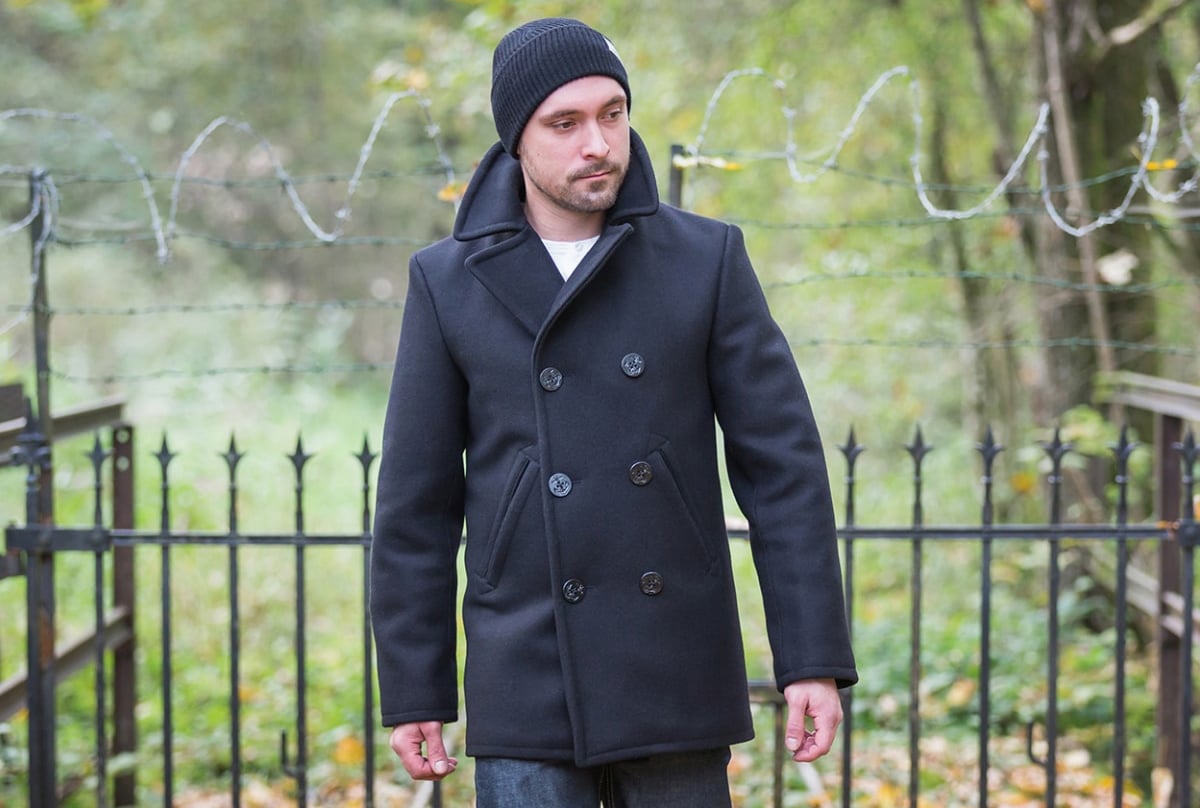
The peacot was a clothing of the Dutch navy in the early XNUMXth century to protect sailors from the cold. It is a double-breasted coat designed to offer extra protection from the cold, helped by the flap that allows the coat to be buttoned up to the top, protecting the neck.
Shortly after, the British adopted it in their army and it ended up landing in the United States, where it quickly became one of the most popular clothes that has stood the test of time to this day.
These coats are made from coarse, heavy melton wool, in navy blue or black, although in recent years, the range of colors has been expanded, as have the materials used to make them.
With this jacket we can go from formal to casual in seconds. We can use it with jeans as well as with dress pants and a button-down shirt, a perfect combination for any event, both formal and informal.
Peanut Characteristics
- wide notch lapel
- Slanted pockets on the upper torso
- 3 by 2 button configuration + extra button to close the collar
- wide neck
- two piece back
- Slim fit with slight flare at the hips
- Ventilation at the bottom back.

Grim reaper
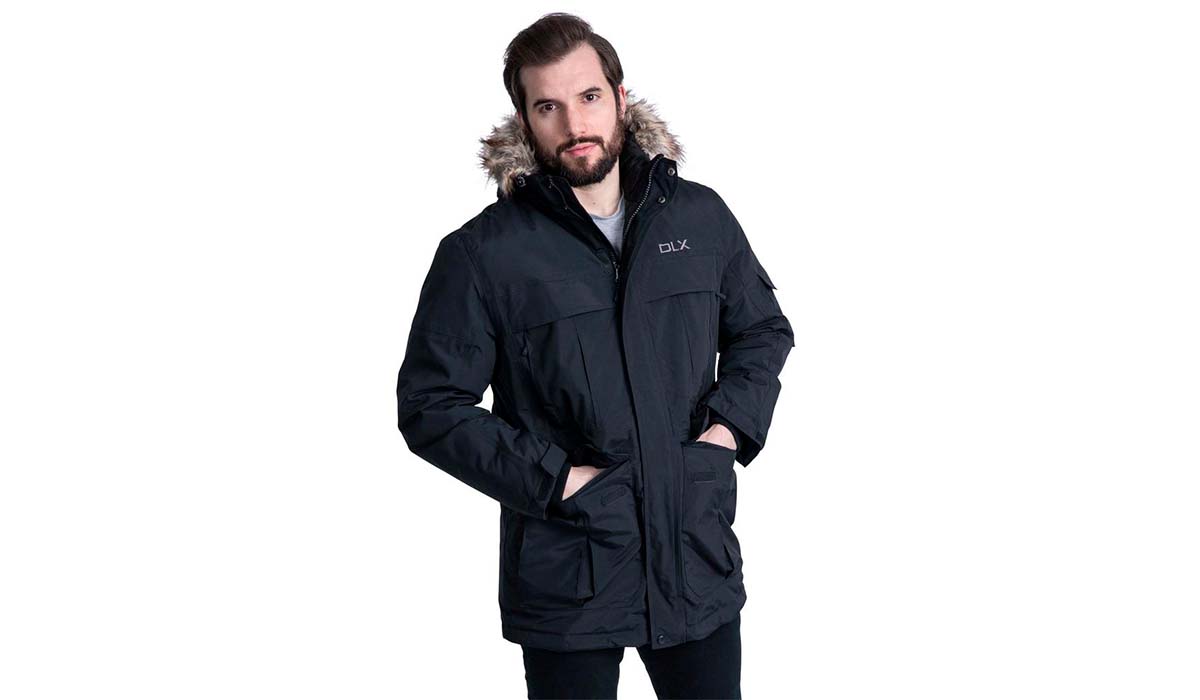
When it comes to braving the elements, the parka is king. Unlike the different types of men's coats, the grim reaper was initially conceived by the Inuit caribou to cope with extreme Arctic climates.
At that time, parkas were made from caribou or seal skin. Currently, caribou and seal skin, have given way to synthetic materials and the lining is down, adding a more modern puffy look.
Parka length varies from waist to knee. Includes a large, detachable, fur-lined hood and zip closure.
Grim Reaper Characteristics
- Hood with fur trim or drawstring
- Slanted welt chest pocket
- Drawstring at the waist to fix it to the body. Some models include another drawstring at the bottom of the coat.
- Flap patch pockets
- Ducktail back with drawstring and small ventilation.
Car Coat
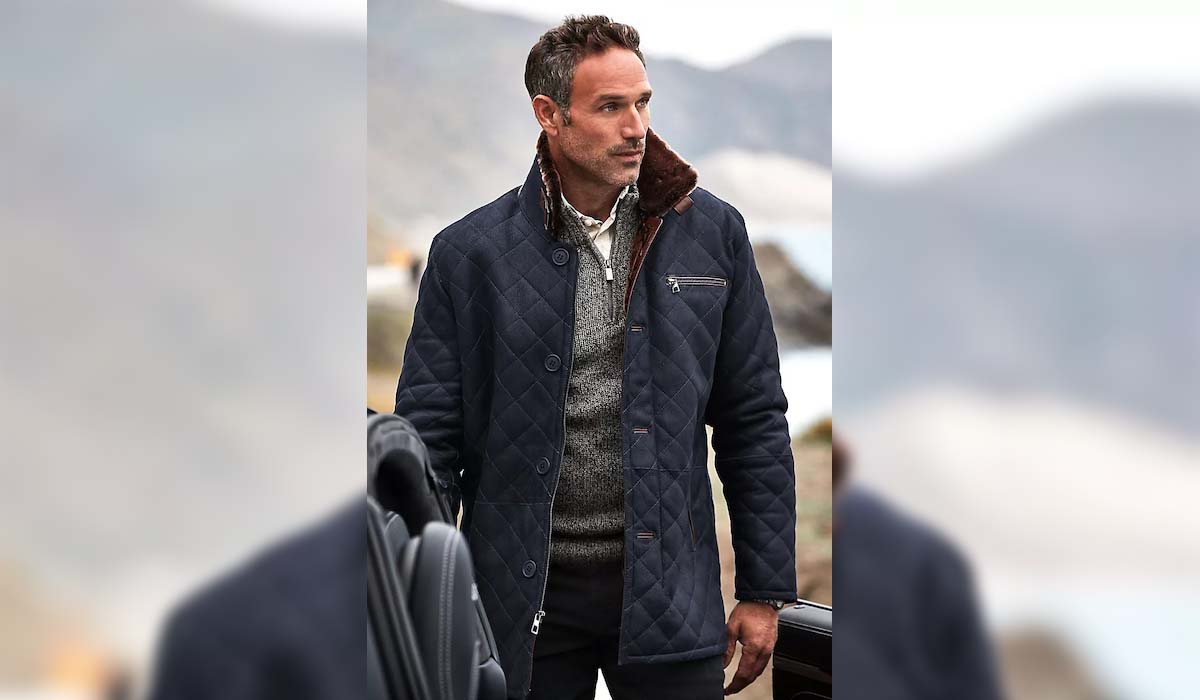
As we can well deduce from its name, the Car Coat It was designed so that drivers of the first cars were sheltered from the cold (they had no hood). It has an A-shaped cut with wide cuffs that offer freedom of movement.
The material of manufacture is usually Thick wool and includes a front placket over the button closure to prevent air from seeping through the buttons. It reaches a maximum of thigh height so that it is not annoying when driving.
Car Coat Features
- Straight neck
- Diagonal front welt pockets
- There is no space for ventilation in the back.
- The closure can be both buttons and zipper.
- It does not fit the body so it offers relative mobility.
Duffel coat
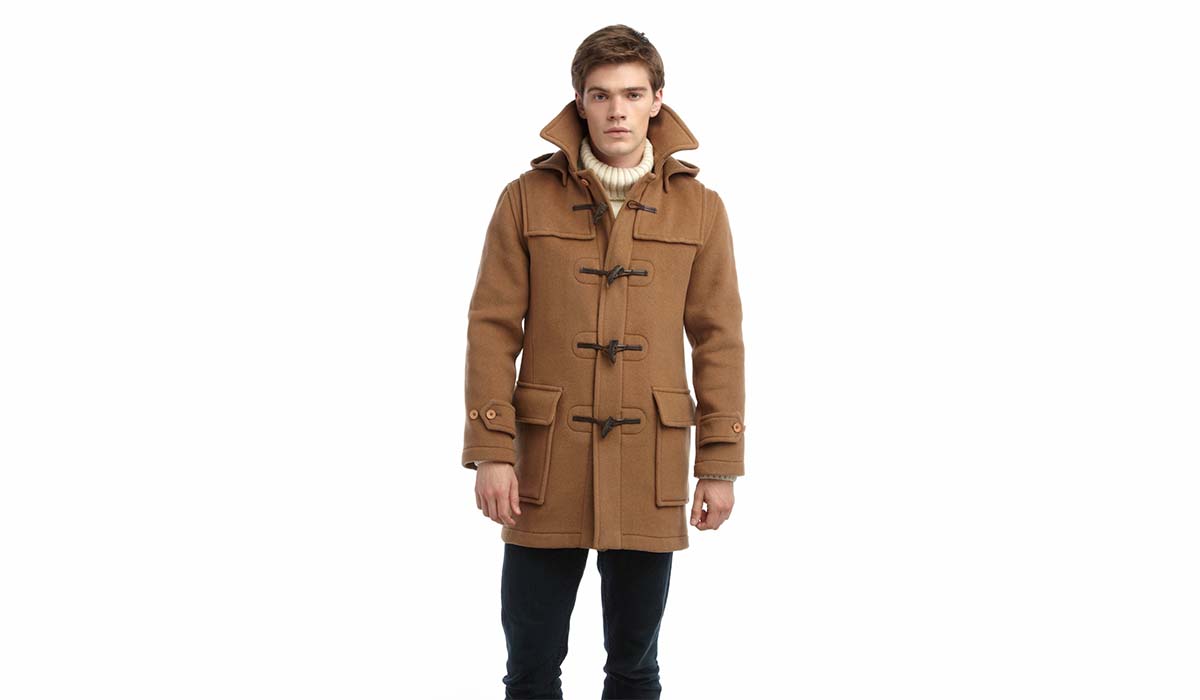
Like many of the types of men's coats that I mention in this article, the duffle coat has a military origin. This type of clothing was used by the British Royal Navy in the First and Second World Wars.
It includes a toggle closure that allowed sailors to fasten and unfasten while wearing gloves. This type of coat has between 3 and 4 buttons known as walrus teeth which are fastened with ties of leather or rope.
Also includes a oversized hood so that sailors could use it without having to remove their cap. The most modern versions of this coat slightly exceed the height of the hips, reducing its original length that originally reaches the knees.
Characteristics of the duffle coat
- Rain protector on the shoulders.
- Button tab at neck
- Button label at sleeves
- Patch pockets
- Capucha
- Inverted fold to allow movement
- Hip or mid-thigh length